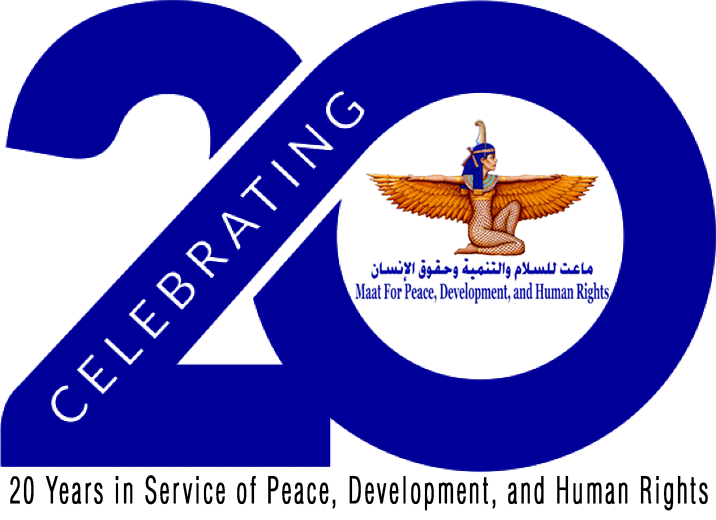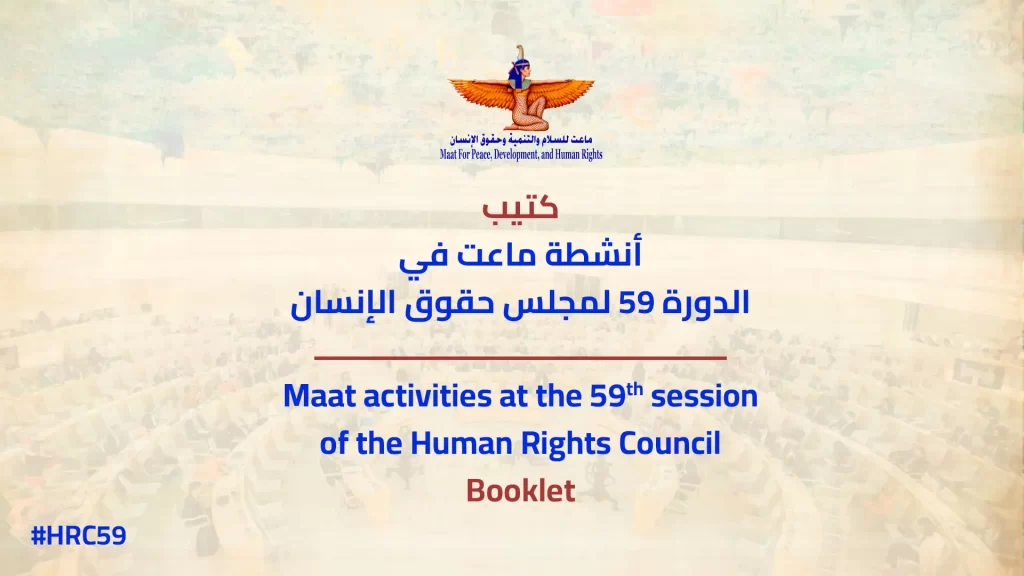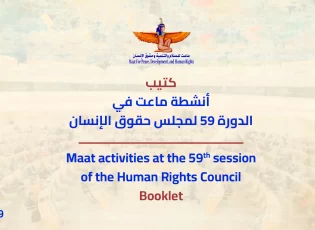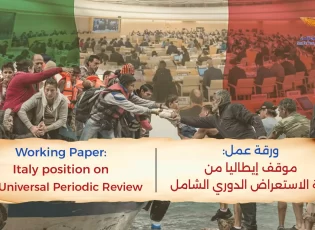Maat issues his report on the recent Sudanese elections
Elections paint scenarios for an uncertain future
The recent general elections are considered a watershed point in the history of Sudan, as it depends on determining the future of a country whose fate is still unknown and open to all possibilities, especially as it comes after a 24-year hiatus since the last elections were held in 1986, so the Maat Foundation for Peace, Development and Human Rights was keen on Monitor these elections in Egypt as a Member of the Election Network in the Arab World
The institution’s monitoring covered more than 50% polling stations for the Sudanese community in Egypt, as the Sudanese National Elections Commission had designated a number of polling stations in In three Egyptian governorates, which are Cairo, Alexandria and Aswan
The Maat report, issued under the title “The Sudanese Elections through the Eyes of Maat,” reviewed the results of the counting process for the voices of the Sudanese community in Cairo, in which Maat observers participated, and resulted in the victory of Al-Bashir, the candidate of the National Congress Party, by 88.6%
The report presented the facts of the electoral process in Cairo and the most important observations and violations that observers monitored , Where the report recorded that the commissions They used to open on their own dates and also close on the dates specified for them , Also record availability Phosphorescent ink and four-lock plastic clear box On the other hand, the report revealed The presence of a number of transgressions by members of the National Congress Party in favor of their candidate within the polling committees, such as wearing T-shirts, caps, or clothes bearing the symbol of the party’s candidate, Omar al-Bashir, and the report also revealed the presence of errors in the names of some voters in the lists. Maat observers also monitored Some testimonies by Sudanese voters of a vote-buying process by NCP supporters .
As for the counting of votes, the report recorded that it went well, and there were no effective violations during the counting process, and the process was only marred by counting the incorrect votes in the total votes obtained by the candidate. This could be due to logistical problems related to the electoral process.
Maat’s monitoring of the electoral process revealed the low turnout of the Sudanese community in Egypt. It is a very small percentage compared to the number of Sudanese who are already in Egypt. Some estimates give that their number exceeds four million Sudanese, and other estimates place these numbers at 2 million Sudanese.
Maat concluded his report by presenting a number of visions and scenarios that chart the future of Sudan after the end of the elections Where he focused The first scenario focused on the possibility of a civil war between the north and the south, while the second scenario focused on the possibility of secession of southern Sudan based on the referendum merit without war and its exposure to exploitation by external forces and the tension in relations between the separate north and south , And according For the third scenario, the situation after the elections may push the political currents and the government to submit to the implementation of the Comprehensive Peace Agreement (Naivasha 2005), that is, a situation without war with the unity of the country, and the formation of a national reconciliation government that is acceptable to all.
shortlink: https://maatpeace.org/en/?p=32043











